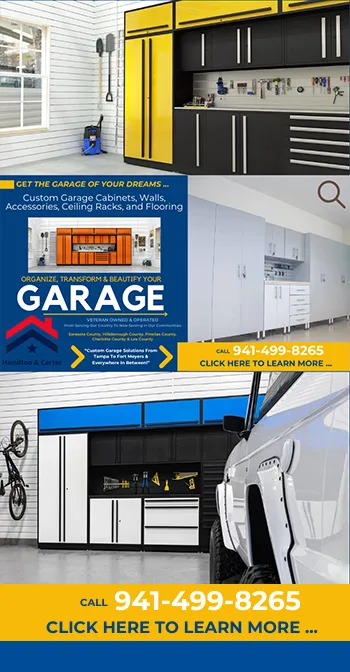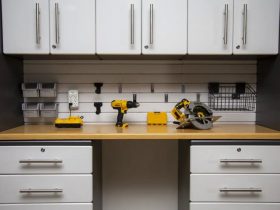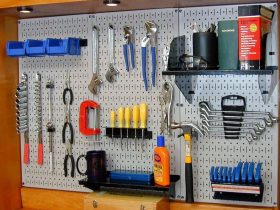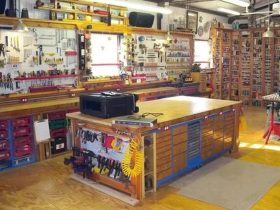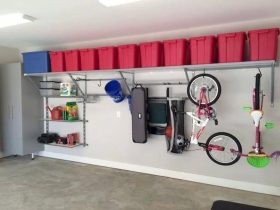Are you looking to upgrade your garage flooring, but not sure where to start? Before diving into a new flooring project, it’s important to be aware of common mistakes that can cost you time, money, and headaches down the road. In this article, we’ll highlight 11 garage flooring mistakes to avoid, so you can make informed decisions and create a durable, long-lasting floor that meets your needs. Don’t let these errors derail your project – read on to learn how to steer clear of them and achieve the garage floor of your dreams.
Table of Contents
- Choosing the Wrong Flooring Material
- Ignoring Proper Surface Preparation
- Neglecting to Seal and Protect the Floor
- Underestimating Maintenance Requirements
- Q&A
- Key Takeaways
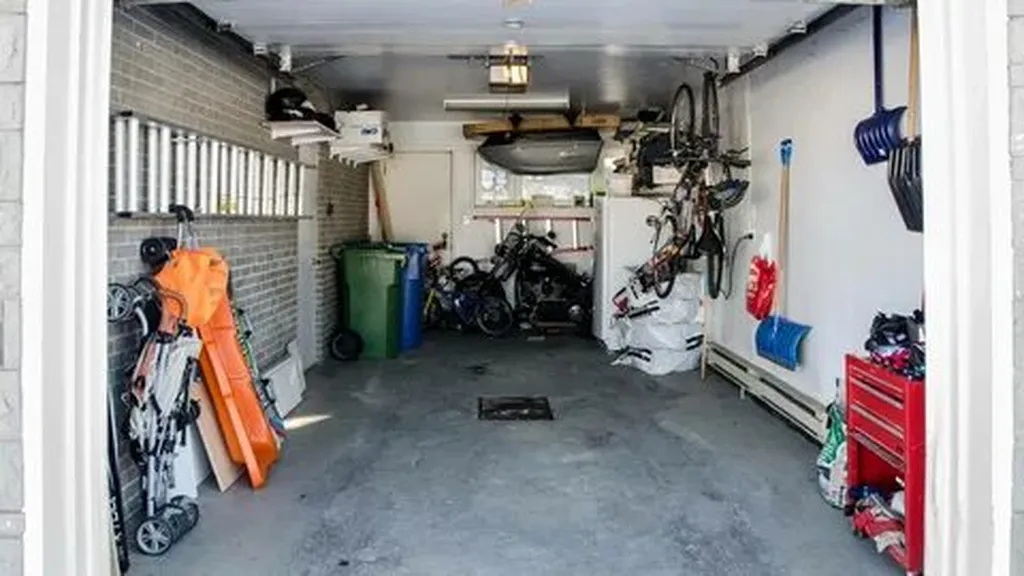
Choosing the Wrong Flooring Material
for your garage can lead to a host of problems down the line. From cracks and damage to safety hazards, it’s important to choose the right flooring option for your space. Here are some common mistakes to avoid when selecting garage flooring:
- Ignoring Durability: Opting for a flooring material that is not designed to withstand the heavy foot traffic and vehicle weight in a garage can result in premature wear and tear.
- Not Considering Maintenance: Some flooring options require more maintenance than others. Failing to take this into account can lead to headaches down the line.
| Concrete | Epoxy | Interlocking Tiles |
| Durable | Easy to clean | DIY installation |
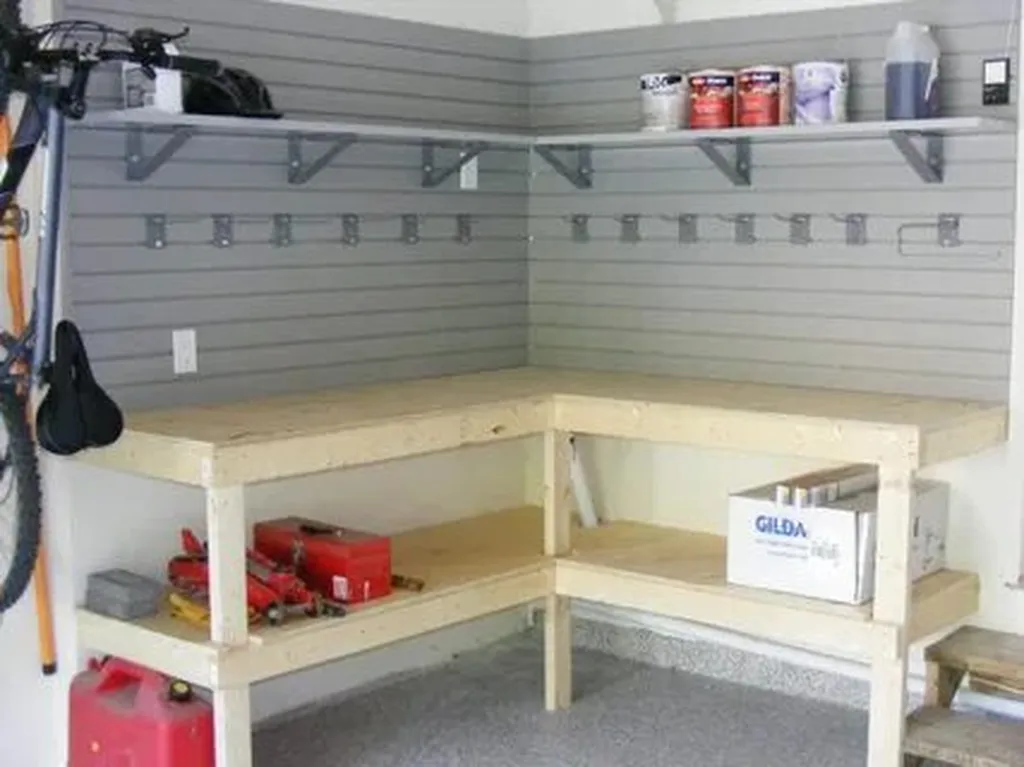
Ignoring Proper Surface Preparation
Proper surface preparation is essential when it comes to garage flooring, yet many people tend to overlook this crucial step. Ignoring this important aspect can lead to a variety of issues down the line, such as poor adhesion, uneven coatings, and premature wear and tear. To ensure a successful garage flooring project, it’s important to take the time to properly prepare the surface before applying any coatings.
Before applying any coatings, make sure to thoroughly clean the surface to remove any dirt, grease, or debris. This can be done through power washing, scrubbing, or using a degreasing cleaner. In addition, any existing coatings or sealers should be removed to ensure proper adhesion. Finally, don’t forget to repair any cracks or imperfections in the concrete before moving forward with your garage flooring project. By following these steps, you can avoid the headache of having to redo your garage flooring due to improper surface preparation.
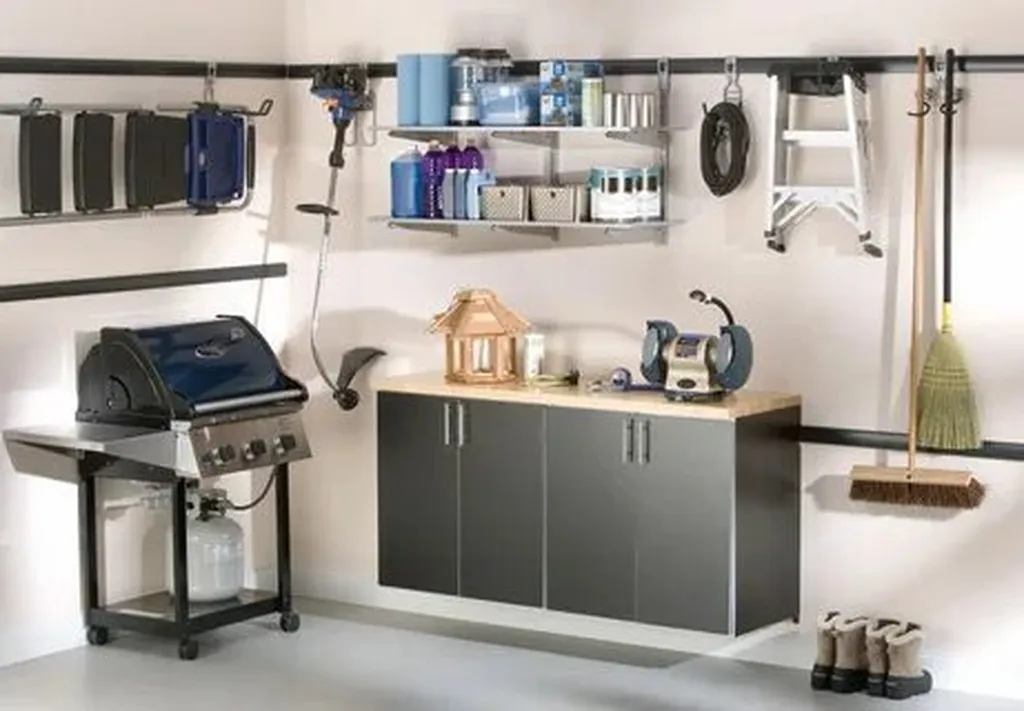
Neglecting to Seal and Protect the Floor
One of the most common mistakes people make when it comes to garage flooring is . Without proper sealing, your garage floor is vulnerable to damage from oil spills, moisture, and other substances that can cause staining and deterioration over time. By failing to seal and protect your garage floor, you risk having to replace it sooner than necessary, costing you time and money in the long run.
Protecting your garage floor is essential for maintaining its appearance and durability. By sealing the floor, you create a barrier that prevents liquids and other contaminants from seeping into the concrete, making it easier to clean and prolonging its lifespan. In addition, sealing your garage floor can enhance its overall aesthetic, giving it a polished and professional look that will make your garage stand out.
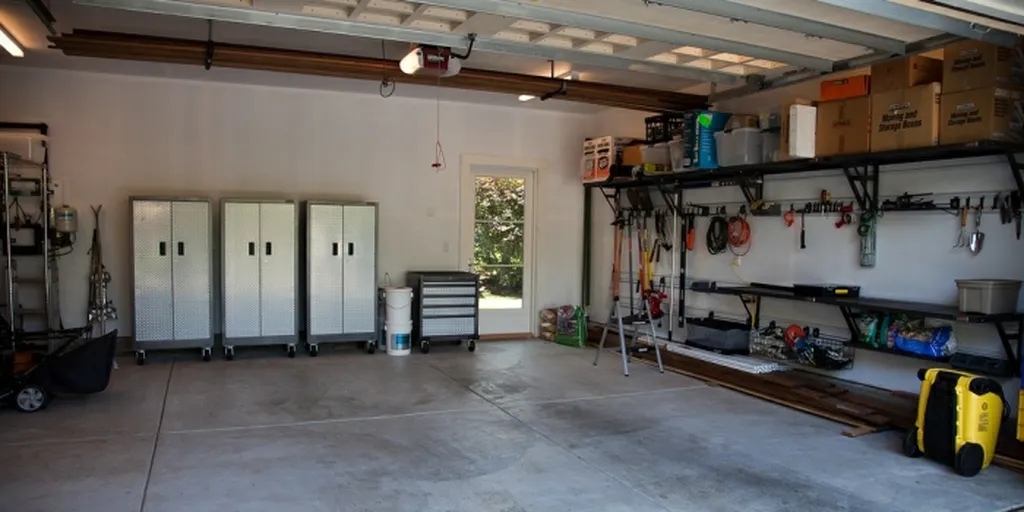
Underestimating Maintenance Requirements
One common mistake that many people make when it comes to garage flooring is underestimating the maintenance requirements. It’s important to remember that your garage floor will be subject to a lot of wear and tear, so it’s essential to choose a flooring option that is easy to clean and maintain.
Some ways to avoid include opting for materials that are stain-resistant, such as epoxy or polyaspartic coatings. Additionally, regular cleaning and sealing can help prevent damage and prolong the life of your garage floor. Investing in high-quality flooring materials may require a larger upfront cost, but it can save you time and money in the long run by reducing the need for frequent repairs and replacements.
Q&A
Q: What are common mistakes people make when choosing garage flooring?
A: One common mistake is not considering the usage and traffic of the garage, leading to choosing the wrong type of flooring.
Q: How important is proper installation in garage flooring?
A: Proper installation is crucial for the longevity and durability of the flooring. Improper installation can lead to issues such as bubbling or uneven surfaces.
Q: What factors should be considered when selecting garage flooring?
A: Factors to consider include durability, slip resistance, ease of maintenance, and overall aesthetics that complement the garage space.
Q: Are all garage flooring options the same?
A: No, there are various options such as epoxy coatings, interlocking tiles, and vinyl roll-out mats, each with their own strengths and weaknesses in terms of durability and maintenance.
Q: What is the biggest mistake to avoid when choosing garage flooring?
A: The biggest mistake to avoid is choosing a flooring option solely based on price, without considering factors such as durability and suitability for the garage environment.
Q: How can proper maintenance prolong the life of garage flooring?
A: Regular cleaning and maintenance can help prevent damage and extend the lifespan of garage flooring, reducing the need for costly repairs or replacements.
Q: Are there any specific tips for protecting garage flooring from heavy vehicles or equipment?
A: Using protective mats or pads under heavy vehicles or equipment can help prevent damage to the flooring and prolong its lifespan.
Q: How can homeowners ensure a successful garage flooring installation?
A: Homeowners can ensure a successful installation by properly preparing the surface, following manufacturer’s instructions, and hiring a professional installer if necessary.
Q: What are some cost-effective alternatives for garage flooring?
A: Cost-effective alternatives include DIY epoxy coatings or interlocking garage floor tiles, which can provide durability and aesthetics without breaking the bank.
Q: Is it possible to repair damaged garage flooring, or is replacement the only option?
A: It is possible to repair minor damage to garage flooring, such as cracks or scratches, using repair kits or patching compounds, before considering replacement.
Key Takeaways
In conclusion, the key to avoiding common garage flooring mistakes is proper planning, research, and investment in high-quality materials. By steering clear of these 11 pitfalls, you can ensure a durable, functional, and visually appealing garage floor that will serve you well for years to come. Remember, your garage floor is the foundation of your space, so it’s worth taking the time and effort to get it right. Stay informed, be thorough, and prioritize quality – your garage and your vehicles will thank you!






